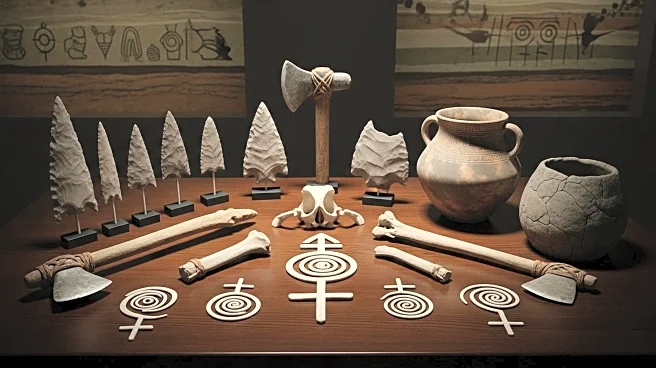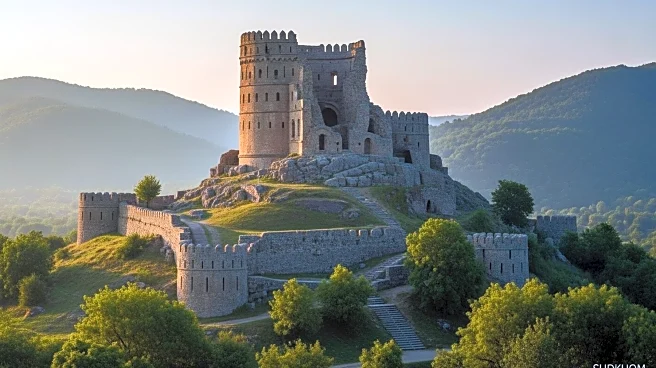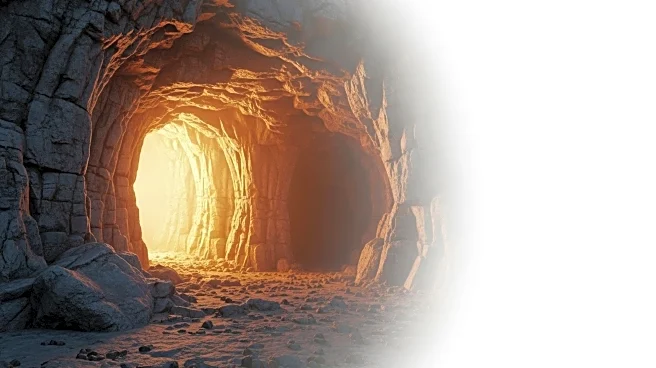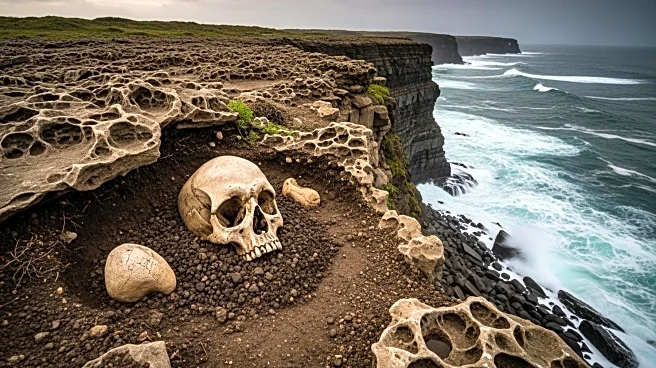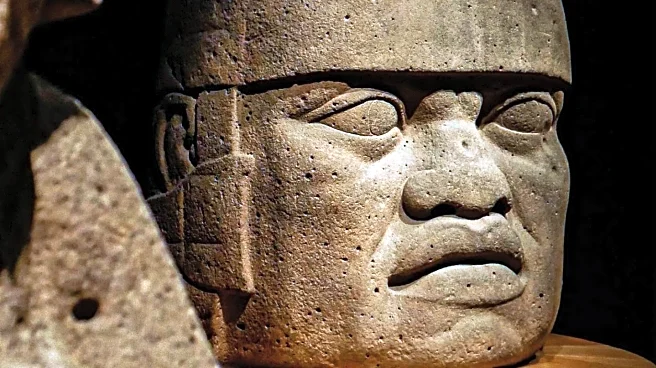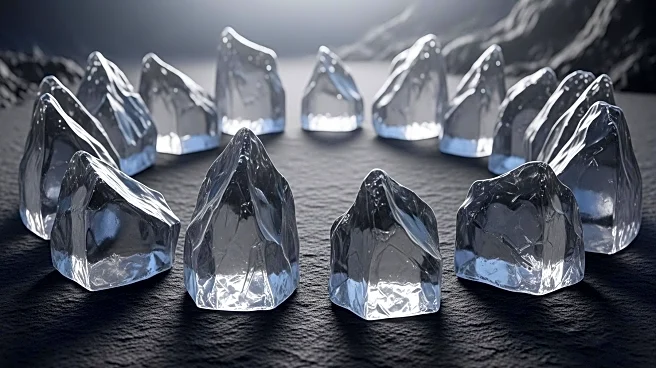What's Happening?
Recent archaeological research at the Zvejnieki cemetery in Latvia has uncovered significant insights into Stone Age burial practices, challenging long-held gender stereotypes. The study, led by Dr. Aimée Little from the University of York, found that stone tools, traditionally associated with male hunters, were equally buried with women, children, and elders. This discovery suggests that these tools held symbolic significance in funerary rituals, rather than being mere utilitarian objects. The research involved detailed analysis of the tools, revealing that some were specifically crafted and broken as part of burial rites. This challenges the stereotype of 'Man the Hunter' and highlights the complex social roles in prehistoric communities.
Why It's Important?
This discovery is significant as it reshapes our understanding of gender roles in prehistoric societies. By demonstrating that women and children were also buried with stone tools, the study challenges the traditional view of gender-specific roles in ancient times. This has broader implications for the study of human evolution and social structures, suggesting a more egalitarian society than previously thought. The findings also emphasize the importance of re-evaluating archaeological assumptions and highlight the symbolic and emotional dimensions of burial practices, offering a deeper understanding of early human societies.
